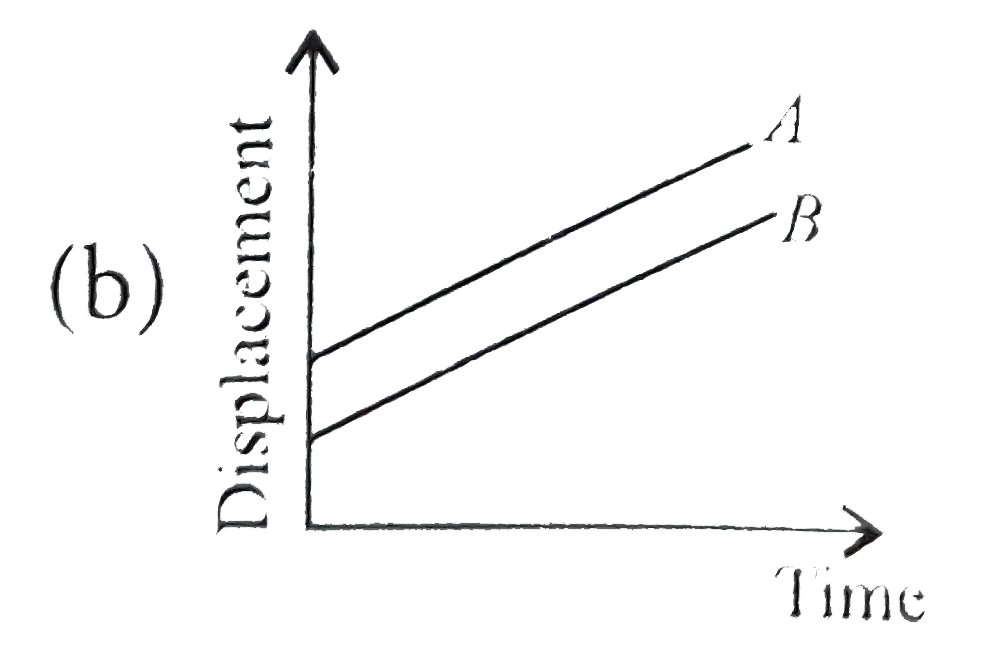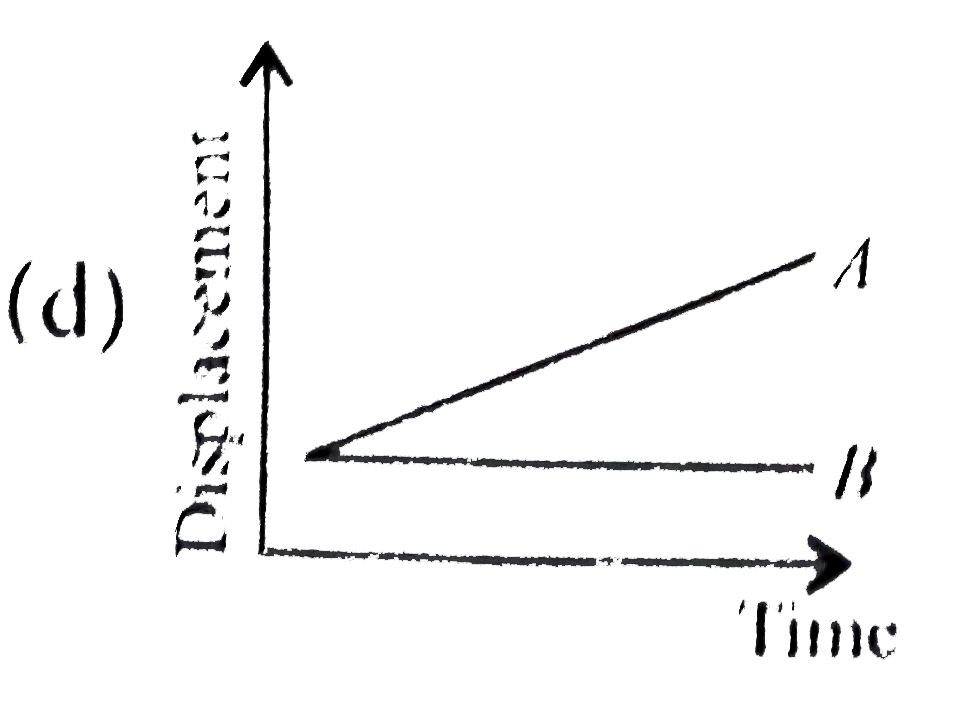An object experiences a net zero external unbalanced force. Is it possible for the object to be travelling with a non-zero velocity? If yes, state the conditions that must be placed on the magnitude and direction of the velocity. If no, provide a reason.
Step-by-Step Solution:
1. Understanding the Concept of Force and Motion:
- According to Newton's First Law of Motion, an object will remain at rest or continue to move in a straight line at constant velocity unless acted upon by a net external force.
2. Analyzing the Given Situation:
- The question states that an object experiences a net zero external unbalanced force. This implies that there are no external forces acting on the object to change its state of motion.
3. Determining the Velocity:
- Since there is no net external force acting on the object, it can indeed be traveling with a non-zero velocity. The object will maintain its current velocity (both magnitude and direction) due to inertia.
4. Conditions for Velocity:
- Magnitude Condition: The magnitude of the velocity must remain constant. This means that the speed of the object does not change.
- Direction Condition: The direction of the velocity must also remain constant. If the direction changes, the velocity vector changes, which would imply a change in motion due to an external force.
5. Conclusion:
- Therefore, it is possible for an object to be traveling with a non-zero velocity while experiencing a net zero external unbalanced force, provided that both the magnitude and direction of the velocity remain unchanged.
---
- According to Newton's First Law of Motion, an object will remain at rest or continue to move in a straight line at constant velocity unless acted upon by a net external force.
- The question states that an object experiences a net zero external unbalanced force. This implies that there are no external forces acting on the object to change its state of motion.
- Since there is no net external force acting on the object, it can indeed be traveling with a non-zero velocity. The object will maintain its current velocity (both magnitude and direction) due to inertia.
- Magnitude Condition: The magnitude of the velocity must remain constant. This means that the speed of the object does not change.
- Direction Condition: The direction of the velocity must also remain constant. If the direction changes, the velocity vector changes, which would imply a change in motion due to an external force.
- Therefore, it is possible for an object to be traveling with a non-zero velocity while experiencing a net zero external unbalanced force, provided that both the magnitude and direction of the velocity remain unchanged.
Topper's Solved these Questions
Similar Questions
Knowledge Check
- Question 1 - Select One
Assertion : The accelerated motion of an object may be due to change in magnitude of velocity or direction of velocity or both.
Reason : Acceleration can be produed only by change in the magnitude of the velocity.ABoth assertion and reason are true and reason is the correct explanation of assertion.BBoth assertion and reason are true but reason is not the correct explanations of assertion.CAssertion is true but reason is false.DBoth assertion and reason is false - Question 2 - Select One
Assertion : An external force is required to keep a body in motion.
Reason : If the net external force is zero, a body at rest continues to remain at rest and a body in motion continues to move with a uniform velocity.AIf both assertion and reason are true and reason is the correct explanation of assertion.BIf both assertion and reason are true and reason is the not correct explanation of assertion.CIf assertion is true but reason is falseDIf both assertion and reason are false. - Question 3 - Select One
Which one of the following represents displacement-time graph of two objects A and B moving with zero relative velocity?
A B
B C
C D
D
Under what conditions (s) is the magnitude of average velocity of an object equal to its average speed ?
View SolutionAssertion: In projectile motion, the acceleration is constant in both magnitude and direction but the velocity changes in both magnitude and direction.
Reason: When a force or accelration is acting in an oblique direction to the direction of velocity then both magnitude and direction of the velocity may be changed.View SolutionAssertion: If net force on a body zero, it is either at rest or moving with a constant linear velocity. Nothing else can happen.
Reason: Constant velocity means linear acceleration is zeroView SolutionIs it possible that an object is in the state of accelerated motion due to external force acting on it, but no work is being done by the force. Explain it with as example.
View SolutionGive the magnitude and direction of the net force acting on
a car moving with a constant velocity of 30km/h on a rough roadView Solution


 ,
,